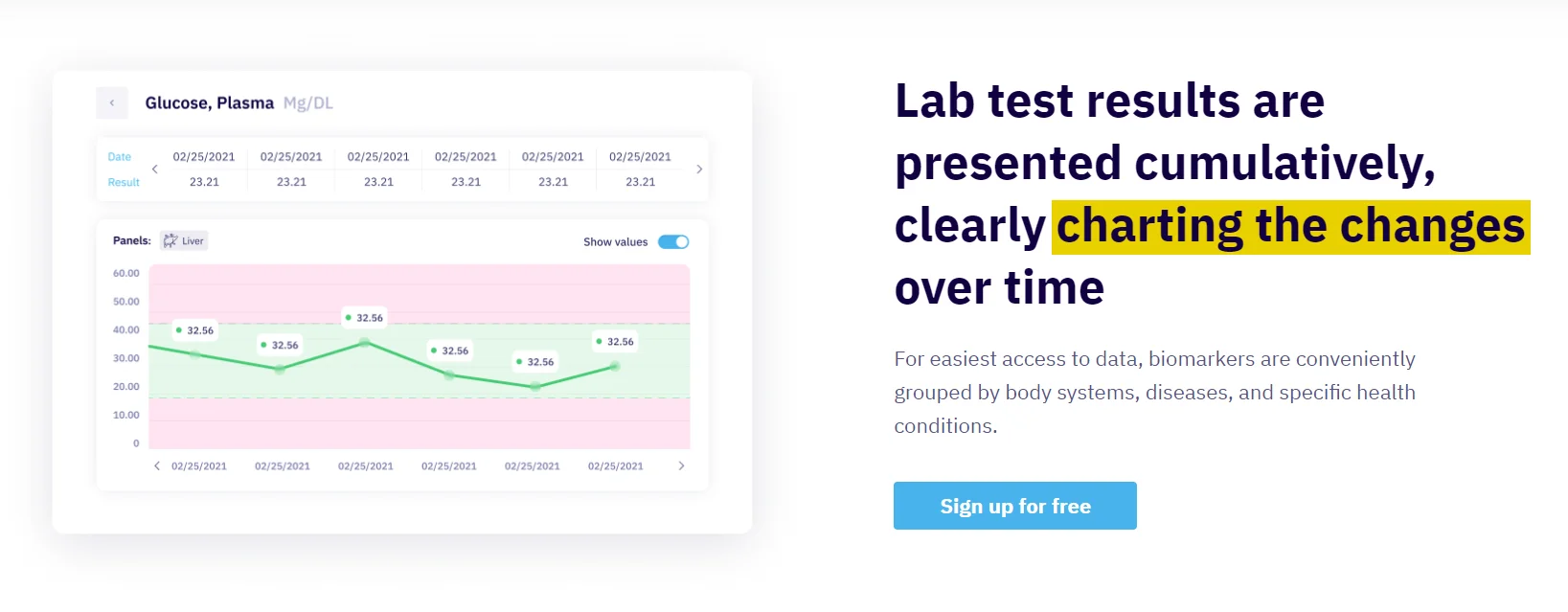Modern NLP systems use deep-learning models and techniques that help them “learn” as they process information. However, such systems cannot be said to “understand” what they are parsing; rather, they use complex programming and probability to generate humanlike responses. “The vast quantities of text flooding the World Wide Web have in particular stimulated work on tasks for managing this flood, notably by information extraction and automatic summarizing” (Jones 8). The creation and public use of the internet coupled with Canada’s enormous quantities of texts in both French and English aided in the revival of machine learning and therefore machine translation.
The idea of multi-task learning was first proposed in 1993 by Rich Caruana and was applied to road-following and pneumonia prediction (Caruana, 1998). Intuitively, multi-task learning encourages the models to learn representations that are useful for many tasks. This is particularly useful for learning general, low-level representations, to focus a model’s attention or in settings with limited amounts of training data.
Share this article
Generally, NLP is used in many real-time applications like smart homes, smart offices like Alexa, Cortana, Siri, and Google Assistant. The history of NLP generally started in the 1950s and has come a long way from then and improved a lot. This paper discusses the history of NLP, its evolution, its tools and techniques, and its applications in different fields. The paper also discusses the role of machine learning and artificial neural networks (ANNs) to improve NLP.
- If you’ve been following the recent AI frenzy, you’ve likely encountered products that use ML and NLP.
- NLP does not fall under a discipline; rather it is a part of several different disciplines, i.e., computer science, information engineering, artificial intelligence (AI), and linguistics.
- The term phonology comes from Ancient Greek in which the term phono means voice or sound and the suffix –logy refers to word or speech.
- According to Spring wise, Waverly Labs’ Pilot can already transliterate five spoken languages, English, French, Italian, Portuguese, and Spanish, and seven written affixed languages, German, Hindi, Russian, Japanese, Arabic, Korean and Mandarin Chinese.
- Naive Bayes is a probabilistic algorithm which is based on probability theory and Bayes’ Theorem to predict the tag of a text such as news or customer review.
- Many of these are found in the Natural Language Toolkit, or NLTK, an open source collection of libraries, programs, and education resources for building NLP programs.
- The objective of this section is to discuss evaluation metrics used to evaluate the model’s performance and involved challenges.
Training the output-symbol chain data, reckon the state-switch/output probabilities that fit this data best. The objective of this section is to present the various datasets used in NLP and some state-of-the-art models in NLP. Natural Language Processing can be applied into various areas like Machine Translation, Email Spam detection, Information Extraction, Summarization, Question Answering etc. Next, we discuss some of the areas with the relevant work done in those directions. We first give insights on some of the mentioned tools and relevant work done before moving to the broad applications of NLP.
A Review of the Neural History of Natural Language Processing
Medication adherence is the most studied drug therapy problem and co-occurred with concepts related to patient-centered interventions targeting self-management. The framework requires additional refinement and evaluation to determine its relevance and applicability across a broad audience including underserved settings. Since simple tokens may not represent the actual meaning of the text, it is advisable to use phrases such as “North Africa” as a single word instead of ‘North’ and ‘Africa’ separate words. Chunking known as “Shadow Parsing” labels parts of sentences with syntactic correlated keywords like Noun Phrase (NP) and Verb Phrase (VP). Various researchers (Sha and Pereira, 2003; McDonald et al., 2005; Sun et al., 2008) [83, 122, 130] used CoNLL test data for chunking and used features composed of words, POS tags, and tags.

It was believed that machines can be made to function like the human brain by giving some fundamental knowledge and reasoning mechanism linguistics knowledge is directly encoded in rule or other forms of representation. Statistical and machine learning entail evolution of algorithms that allow a program to infer patterns. An iterative process is used to characterize a given algorithm’s underlying algorithm that is optimized by a numerical measure that characterizes numerical parameters and learning phase. Machine-learning models can be predominantly categorized as either generative or discriminative.
Mastering the game of Go with deep neural networks and tree search
In case of syntactic level ambiguity, one sentence can be parsed into multiple syntactical forms. Lexical level ambiguity refers to ambiguity of a single word that can have multiple assertions. Each of these levels can produce ambiguities development of natural language processing that can be solved by the knowledge of the complete sentence. The ambiguity can be solved by various methods such as Minimizing Ambiguity, Preserving Ambiguity, Interactive Disambiguation and Weighting Ambiguity [125].
It is expected to function as an Information Extraction tool for Biomedical Knowledge Bases, particularly Medline abstracts. The lexicon was created using MeSH (Medical Subject Headings), Dorland’s Illustrated Medical Dictionary and general English Dictionaries. The Centre d’Informatique Hospitaliere of the Hopital Cantonal de Geneve is working on an electronic archiving environment with NLP features [81, 119]. At later stage the LSP-MLP has been adapted for French [10, 72, 94, 113], and finally, a proper NLP system called RECIT [9, 11, 17, 106] has been developed using a method called Proximity Processing [88]. It’s task was to implement a robust and multilingual system able to analyze/comprehend medical sentences, and to preserve a knowledge of free text into a language independent knowledge representation [107, 108]. The Columbia university of New York has developed an NLP system called MEDLEE (MEDical Language Extraction and Encoding System) that identifies clinical information in narrative reports and transforms the textual information into structured representation [45].
Common Natural Language Processing (NLP) Task:
[47] In order to observe the word arrangement in forward and backward direction, bi-directional LSTM is explored by researchers [59]. In case of machine translation, encoder-decoder architecture is used where dimensionality of input and output vector is not known. Neural networks can be used to anticipate a state that has not yet been seen, such as future states for which predictors exist whereas HMM predicts hidden states. Up to the 1980s, most NLP systems were based on complex sets of hand-written rules. Starting in the late 1980s, however, there was a revolution in NLP with the introduction of machine learning algorithms for language processing. Increasingly, however, research has focused on statistical models, which make soft, probabilistic decisions based on attaching real-valued weights to the features making up the input data.
In 1997, LSTM recurrent neural net (RNN) models were introduced, and found their niche in 2007 for voice and text processing. Currently, neural net models are considered the cutting edge of research and development in the NLP’s understanding of text and speech generation. He stated that if a machine could be part of a conversation through the use of a teleprinter, and it imitated a human so completely there were no noticeable differences, then the machine could be considered capable of thinking. Shortly after this, in 1952, the Hodgkin-Huxley model showed how the brain uses neurons in forming an electrical network.
NLP vs. ML: What Do They Have in Common?
Considering the staggering amount of unstructured data that’s generated every day, from medical records to social media, automation will be critical to fully analyze text and speech data efficiently. Neural machine translation, based on then-newly-invented sequence-to-sequence transformations, made obsolete the intermediate steps, such as word alignment, previously necessary for statistical machine translation. The Georgetown experiment in 1954 involved fully automatic translation https://www.globalcloudteam.com/ of more than sixty Russian sentences into English. Little further research in machine translation was conducted until the late 1980s, when the first statistical machine translation systems were developed. In 1950, Alan Turing published his famous article “Computing Machinery and Intelligence” which proposed what is now called the Turing test as a criterion of intelligence. Practical examples of NLP applications closest to everyone are Alexa, Siri, and Google Assistant.

But in the past two years language-based AI has advanced by leaps and bounds, changing common notions of what this technology can do. In 2002, the bilingual evaluation understudy (BLEU; Papineni et al., 2002) metric was proposed, which enabled MT systems to scale up and is still the standard metric for MT evaluation these days. In the same year, the structured preceptron (Collins, 2002) was introduced, which laid the foundation for work in structured perception. At the same conference, sentiment analysis, one of the most popular and widely studied NLP tasks, was introduced (Pang et al., 2002). The earliest NLP applications were hand-coded, rules-based systems that could perform certain NLP tasks, but couldn’t easily scale to accommodate a seemingly endless stream of exceptions or the increasing volumes of text and voice data. The evolution of NLP toward NLU has a lot of important implications for businesses and consumers alike.

